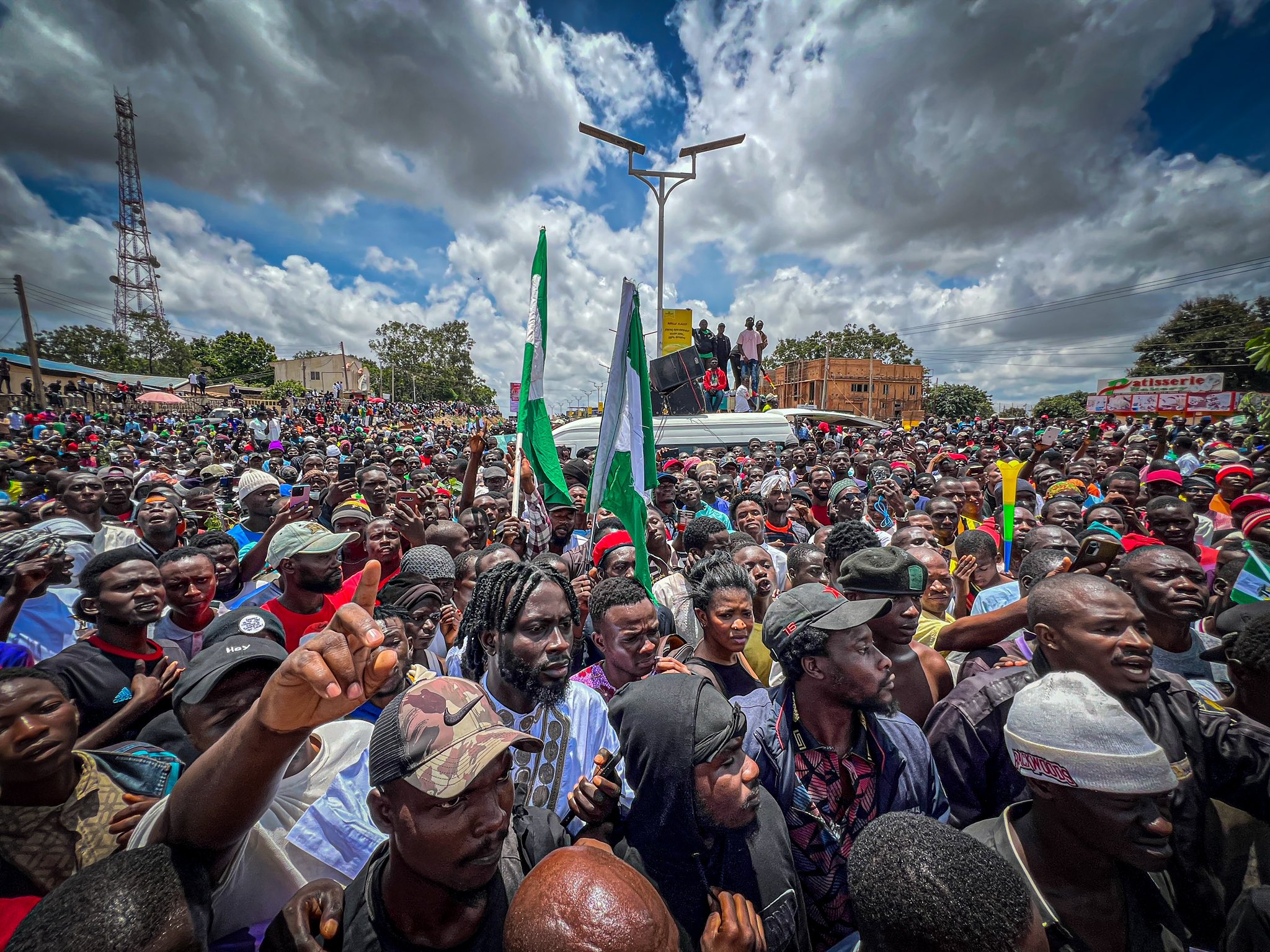The End Bad Governance Protests: Data Analysis

The #EndBadGovernance protests, also recognized by the hashtags #EndBadGovernanceInNigeria, erupted across Nigeria from August 1 to August 10, 2024. These decentralized demonstrations were driven by widespread frustration with the rising cost of living and deteriorating economic conditions under President Bola Ahmed Tinubu’s administration. But what exactly sparked this massive outcry? Let’s dive in.
What Triggered the Protests?
The protests were a direct response to the crippling economic reforms introduced by the Tinubu administration. These reforms, aimed at liberalizing the Nigerian economy and attracting foreign investment, included the removal of fuel subsidies and the devaluation of the Naira following the removal of its peg to the US dollar.
While these moves were intended to stabilize the economy, they instead ignited widespread anger as the cost of living soared, hitting ordinary Nigerians the hardest.
- Removal of Fuel Subsidies: Fuel subsidies had long kept petrol prices low in Nigeria, but their removal caused fuel prices to skyrocket, leading to increased transportation and food costs.
- Devaluation of the Naira: The devaluation made imported goods more expensive, further stretching the budgets of Nigerian families who were already struggling to make ends meet.

The Human Cost: Lives Lost and Injuries Sustained
The first day of protests alone saw a tragic loss of life, with no fewer than 17 people feared killed across several states. Here’s a breakdown:
- Abuja: 1 person shot dead.
- Kano: 1 person shot dead, 4 critically injured and hospitalized.
- Jigawa: 2 people killed.
- Niger: 6 protesters gunned down by security forces.
- Borno: 4 lives lost.
- Kaduna: 3 people killed.
These statistics paint a grim picture of the extent of violence that marred the protests. The tragic deaths were not isolated incidents but rather part of a broader pattern of heavy-handed responses by security forces.
Journalists Under Fire
The crackdown didn’t stop with the protesters. Jide Oyekunle, a photojournalist with the Daily Independent, was arrested and detained by police while covering the protests at Eagle Square in Abuja.
This arrest highlighted the dangerous conditions under which journalists work in Nigeria, especially when covering sensitive issues like government protests.
Also Read: Kenya’s Ruto Faces Resignation Calls Amid Protests
A Nation on Edge: Protests, Looting, and Casualties
The protests were not just about voicing displeasure—they also saw chaos and disorder in some areas, leading to looting and further casualties. Here’s what was uncovered:
- Total Killed: At least 17 confirmed deaths, with fears that the number could be higher.
- Total Arrested: Scores of protesters were detained, though the exact numbers are still being compiled.
- Total Injured: Numerous injuries were reported, especially in states like Kano, where protesters were critically wounded.
- States That Protested: Demonstrations took place in key states including Abuja, Kano, Niger, Borno, Kaduna, and Jigawa.
- States That Were Looted: While protests remained largely peaceful in some areas, others saw shops and businesses looted, though specific states with such incidents have yet to be fully documented.
- Total Casualties Combined: When taking into account deaths, injuries, and arrests, the human cost of the protests is staggering and indicative of the widespread anger among the populace.

Economic Reforms: Necessary Evil or Catalyst for Chaos?
The economic reforms introduced by President Tinubu were meant to attract foreign investment and stabilize Nigeria’s faltering economy.
But were they necessary? Critics argue that while the long-term goals might be noble, the short-term impact has been devastating for ordinary Nigerians.
The removal of fuel subsidies and the devaluation of the Naira may have made economic sense on paper, but in practice, they have pushed many Nigerians to the brink of poverty.
The Role of Social Media
One of the most significant aspects of the #EndBadGovernance protests was the role of social media. Platforms like Twitter and Facebook were instrumental in organizing protests, sharing live updates, and keeping the world informed about the situation on the ground.
The hashtags #EndBadGovernance and #EndBadGovernanceInNigeria trended for days, drawing attention to the plight of Nigerians and putting pressure on the government to address the issues raised.
Conclusion: A Call for Accountability
The End Bad Governance protests serve as a stark reminder of the power of the people and the importance of holding governments accountable. The Nigerian government faces a critical test: will it address the grievances of its citizens, or will it continue on its current path? The coming months will be crucial in determining the direction of the country.





